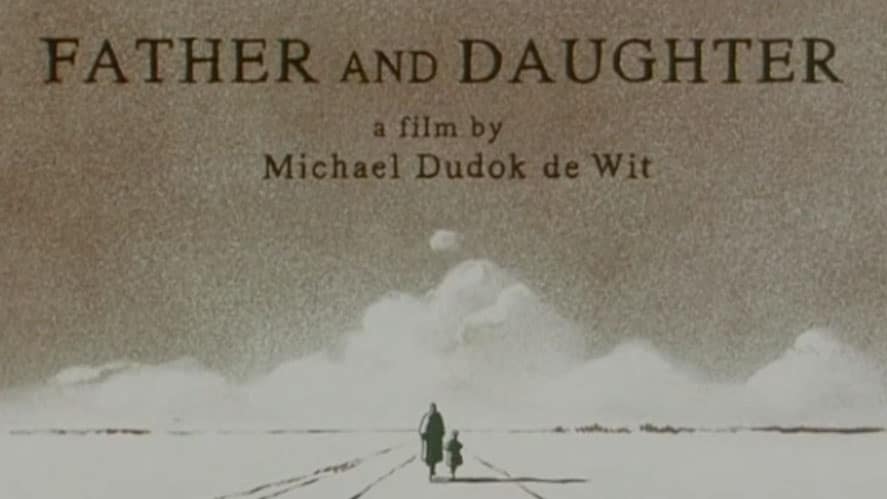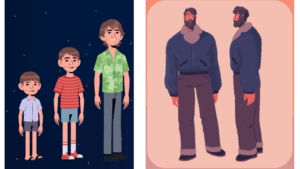For our Pick of the Week this week we are going back to a classic. (And I will warn you sternly: if you have tears to shed, prepare to shed them now.)
Michael Dudok de Wit is a Dutch animator who is in the news because of his recent collaboration with Hayao Miyazaki’s Studio Ghibli, The Red Turtle. But before this movie came out (his first feature,) de Wit was probably best known for this 7-minute masterpiece depicting the psychic repercussions of a father’s suicide.
De Wit works in pencil and charcoal, scanning the art and making digital modifications to it. It’s a beautiful technique, which he has truly mastered. On the sound side, the decision to not use any music until the very end is very brave… and very effective.
However, I will always remember this film as one of the best examples of animation’s strangest power. What is this power?
Before I started working in animation, I worked in the theatre. There we would call it The Power of Mask. There is no expression in a mask, but the imagination of the audience completes the drama by superimposing imagined emotions over forms that are not exactly empty – because in the theatre, voice and movement can be extremely expressive – but they are forms, these masks, which require completion. By requiring more of our participation, masks can sometimes be more affecting than the full profile of expression, which requires less from our imagination.
Father and Daughter does this. There is pretty much no facial expression. There is quite a bit of gestural expression, there is a language of the landscape, and there is a beautiful ritualistic to and fro of the bicycles. Mostly, this film is very restrained but also, I think you will agree, quite devastating.




